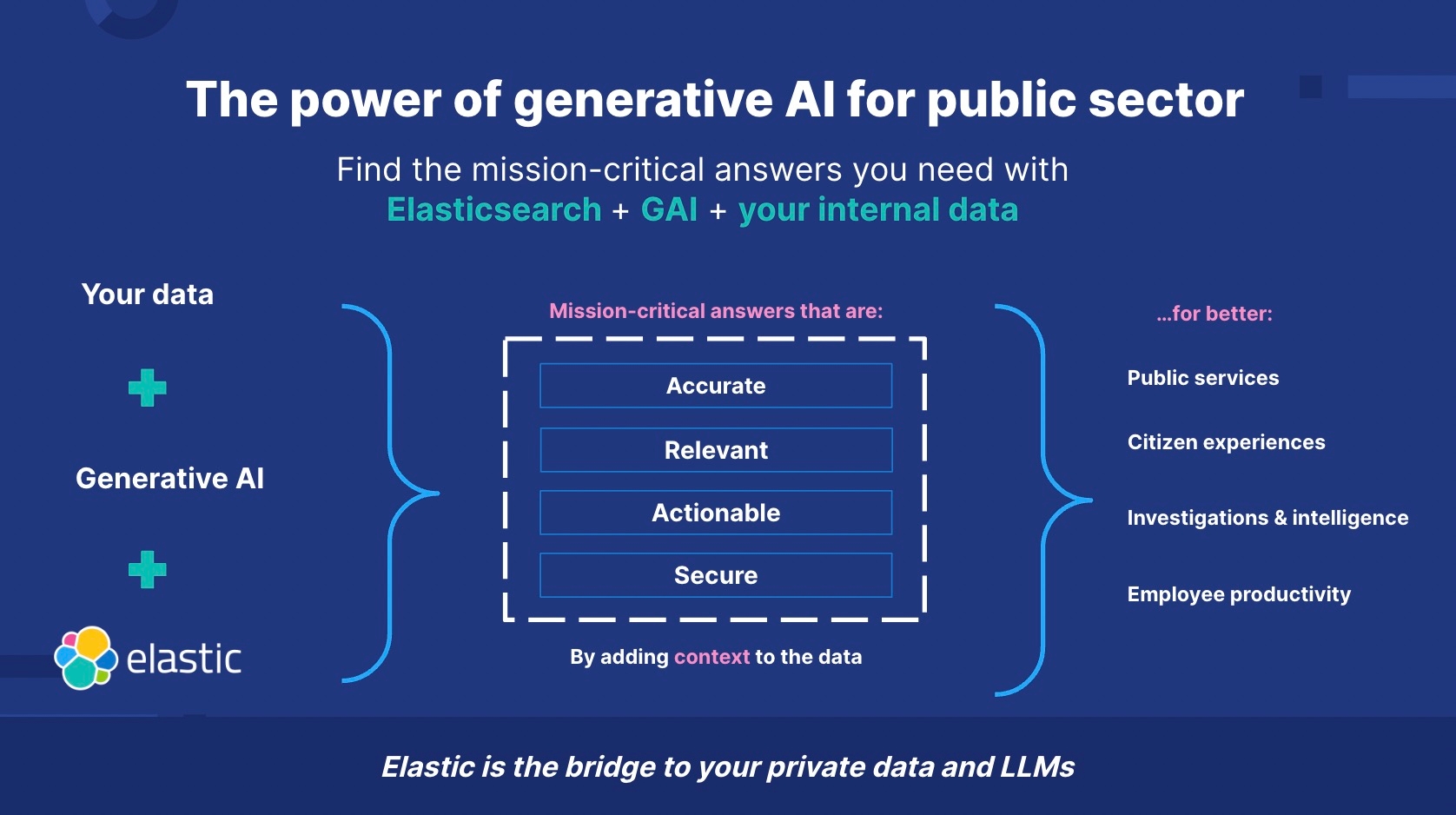All Categories
Featured
Table of Contents
Such models are educated, using millions of examples, to forecast whether a certain X-ray shows signs of a tumor or if a certain consumer is likely to fail on a funding. Generative AI can be considered a machine-learning design that is trained to produce new information, rather than making a prediction about a particular dataset.
"When it concerns the real equipment underlying generative AI and other types of AI, the differences can be a bit fuzzy. Usually, the same formulas can be utilized for both," states Phillip Isola, an associate teacher of electric engineering and computer system scientific research at MIT, and a participant of the Computer system Science and Artificial Knowledge Laboratory (CSAIL).

One big distinction is that ChatGPT is much larger and more intricate, with billions of criteria. And it has been educated on a substantial quantity of data in this situation, a lot of the publicly readily available text on the net. In this substantial corpus of text, words and sentences show up in series with specific dependencies.
It discovers the patterns of these blocks of message and uses this expertise to propose what may follow. While larger datasets are one stimulant that brought about the generative AI boom, a variety of significant research developments likewise brought about more complicated deep-learning styles. In 2014, a machine-learning style referred to as a generative adversarial network (GAN) was proposed by scientists at the College of Montreal.
The generator tries to trick the discriminator, and at the same time discovers to make even more sensible results. The image generator StyleGAN is based on these sorts of designs. Diffusion models were presented a year later on by researchers at Stanford University and the University of The Golden State at Berkeley. By iteratively refining their outcome, these versions find out to create brand-new data examples that appear like examples in a training dataset, and have been used to develop realistic-looking pictures.
These are only a few of numerous strategies that can be made use of for generative AI. What all of these approaches share is that they transform inputs right into a set of symbols, which are numerical depictions of pieces of data. As long as your information can be converted into this requirement, token layout, then theoretically, you might apply these approaches to produce new data that look similar.
Ai-powered Automation
While generative designs can achieve extraordinary results, they aren't the best selection for all types of information. For jobs that entail making forecasts on structured information, like the tabular data in a spreadsheet, generative AI models often tend to be exceeded by typical machine-learning methods, claims Devavrat Shah, the Andrew and Erna Viterbi Professor in Electrical Engineering and Computer Science at MIT and a participant of IDSS and of the Laboratory for Information and Choice Systems.

Previously, human beings had to speak with equipments in the language of machines to make things occur (How does AI improve cybersecurity?). Currently, this interface has actually figured out how to speak to both humans and makers," claims Shah. Generative AI chatbots are now being utilized in telephone call centers to area inquiries from human customers, yet this application highlights one prospective warning of applying these versions worker variation
Ai For Mobile Apps
One encouraging future direction Isola sees for generative AI is its usage for construction. Rather than having a design make a photo of a chair, maybe it could create a prepare for a chair that might be produced. He likewise sees future uses for generative AI systems in developing more normally intelligent AI representatives.
We have the capability to assume and fantasize in our heads, ahead up with fascinating ideas or plans, and I assume generative AI is just one of the devices that will equip agents to do that, too," Isola claims.
How Is Ai Revolutionizing Social Media?
2 additional recent breakthroughs that will certainly be talked about in even more information listed below have played an important component in generative AI going mainstream: transformers and the advancement language versions they allowed. Transformers are a kind of equipment learning that made it possible for researchers to train ever-larger designs without needing to identify all of the information beforehand.

This is the basis for tools like Dall-E that instantly develop photos from a text description or create text inscriptions from images. These advancements notwithstanding, we are still in the very early days of using generative AI to produce legible text and photorealistic stylized graphics.
Going ahead, this innovation can assist write code, design brand-new medicines, create products, redesign organization procedures and transform supply chains. Generative AI starts with a timely that could be in the kind of a message, a picture, a video, a style, musical notes, or any type of input that the AI system can process.
Scientists have actually been producing AI and other tools for programmatically producing material given that the very early days of AI. The earliest strategies, recognized as rule-based systems and later as "expert systems," utilized clearly crafted policies for generating responses or information sets. Semantic networks, which create the basis of much of the AI and artificial intelligence applications today, turned the trouble around.
Developed in the 1950s and 1960s, the first semantic networks were restricted by an absence of computational power and little information collections. It was not until the introduction of big information in the mid-2000s and enhancements in computer equipment that neural networks became useful for creating web content. The area increased when scientists located a way to get neural networks to run in parallel throughout the graphics refining units (GPUs) that were being used in the computer video gaming market to render video clip games.
ChatGPT, Dall-E and Gemini (formerly Bard) are prominent generative AI interfaces. In this instance, it attaches the meaning of words to aesthetic aspects.
What Are The Best Ai Tools?
Dall-E 2, a 2nd, much more qualified version, was released in 2022. It makes it possible for customers to generate images in numerous designs driven by individual prompts. ChatGPT. The AI-powered chatbot that took the world by storm in November 2022 was constructed on OpenAI's GPT-3.5 implementation. OpenAI has offered a way to interact and adjust message actions by means of a chat user interface with interactive feedback.
GPT-4 was launched March 14, 2023. ChatGPT includes the background of its discussion with an individual into its outcomes, imitating a real discussion. After the unbelievable appeal of the new GPT user interface, Microsoft revealed a considerable brand-new investment into OpenAI and integrated a version of GPT into its Bing search engine.
Latest Posts
How Does Ai Benefit Businesses?
How Does Ai Adapt To Human Emotions?
Ai Project Management